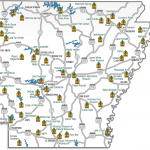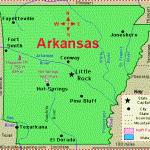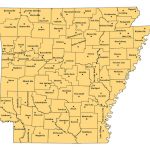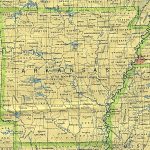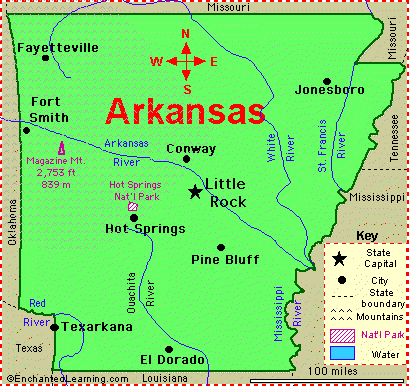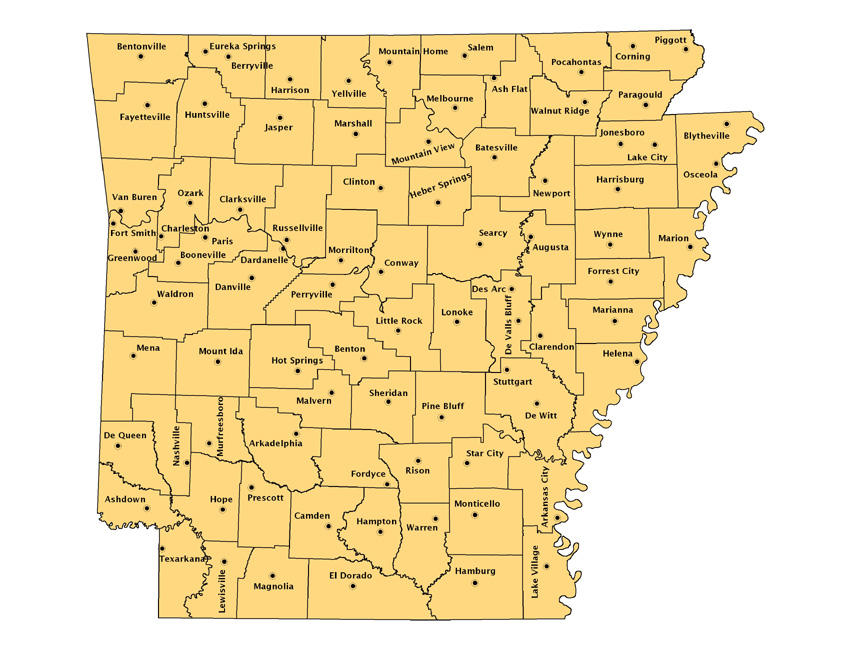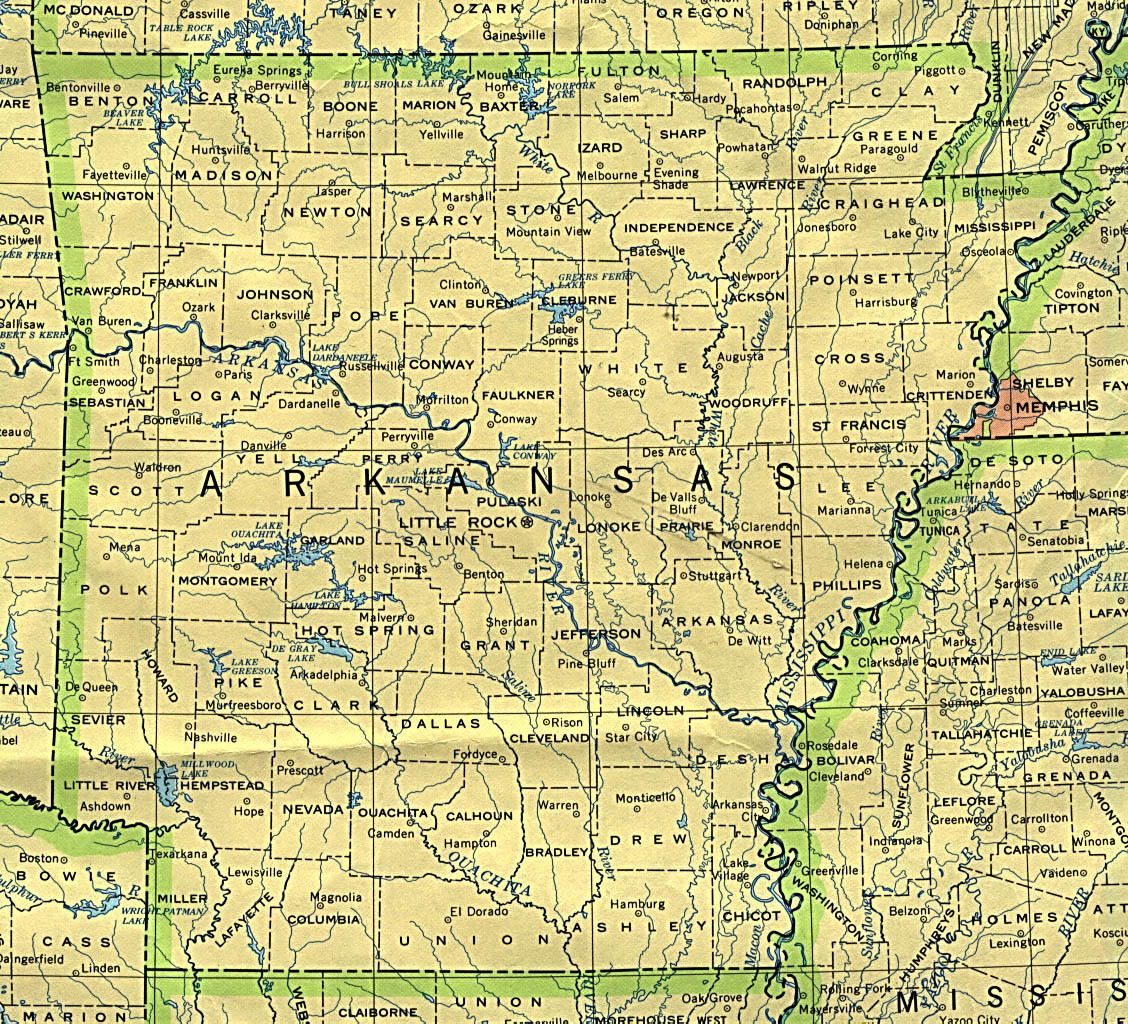Though bracero contracts included an array of guarantees and protections regarding wages, housing, and working conditions, stating that discrimination based on ancestry or nationality would not be tolerated, the Mexican government’s power to enforce these guarantees declined significantly during the late 1940s and early 1950s. Although Mexican government attempts to stymie discrimination took the form of drawn-out battles, they did have limited success in securing Mexicans’ access to white establishments. For example, in November 1949, bracero complaints prompted Mexico’s consul in Memphis, Ruben Gaxiola, to investigate alleged discrimination against Mexicans in Marked Tree. He recorded
his findings with a camera: No Mexicans signs prominently displayed in front of the town’s 11 establishments. Additionally, one of the town’s two movie theaters seated Mexican patrons only in the area reserved for blacks. Attaching the photos as evidence in his report to Mexico City, Gaxiola immediately recommended that Marked Tree’s employers most prominently, E. Ritter have their bracero contracts cancelled. Gaxiola hoped that swift action would set an example for the rest of Arkansas, as an energetic protest against these discriminatory acts against Mexicans.4
Though it took 2 years and the cancellation of Ritter’s contracts, once local officials became convinced that their labor source was imperiled, they employed inventive means to stymie discrimination. The Marked Tree City Council published an ordinance in the Marked Tree Tribune stating that any person or business discriminating against Mexicans would be fined between $10 and $50. The police department changed its compensation structure to remove officers’ incentive to make superfluous arrests of Mexican workers. The farmers’ association even purchased two restaurants that refused to comply with the mandate.
During the mid-1950s, the consulate’s constant interventions and its limited control over the supply of Mexican labor had placed Mexicans in a social and economic position that was de facto superior to that of local blacks. In 1952 the Mexican government secured a raise in the minimum bracero wage to 50 cents per hour or the local prevailing wage, whichever was higher. In an era when agriculture in the United States had no minimum wage, braceros became the only laborers in Arkansas’s fields to have such a guarantee. In 1954, African American leaders lodged a formal protest against the wage disparity, claiming that African American laborers were paid 30 cents per hour for cotton chopping, while Mexicans were paid 50 cents. Unlike Mexican nationals who could rely on the power of the Mexican government, blacks in Arkansas had little power, and their grievance never was addressed.
Mexican government lost its power to withhold workers over the course of the 1950s, but in the early 1960s, the U.S. Department of Labor responded to liberal opposition to the Bracero program and began to enforce bracero housing codes more strictly while proposing an increase in bracero wages to 70 cents per hour. Some 600 Arkansas Delta farmers packed a hearing in West Memphis on March 2, 1962, to protest the proposed increase. In the end, a compromise of 60 cents was reached, but contracting of Mexican nationals to Arkansas dropped drastically in these waning years of the Bracero program. The program formally ended in 1964. While delta farmers recruited a few Mexican Americans from Texas to operate their gins over the course of the 1970s, all but a handful of the region’s Latinos left the delta. Many moved on to pick fruit in northern Florida’s increasingly productive orchards.
Map of Arkansas Photo Gallery
Maybe You Like Them Too
- Top 10 Islands You Can Buy
- Top 10 Underrated Asian Cities 2023
- Top 10 Reasons Upsizing Will Be a Huge Travel Trend
- Top 10 Scuba Diving Destinations
- The Best Cities To Visit in The World

